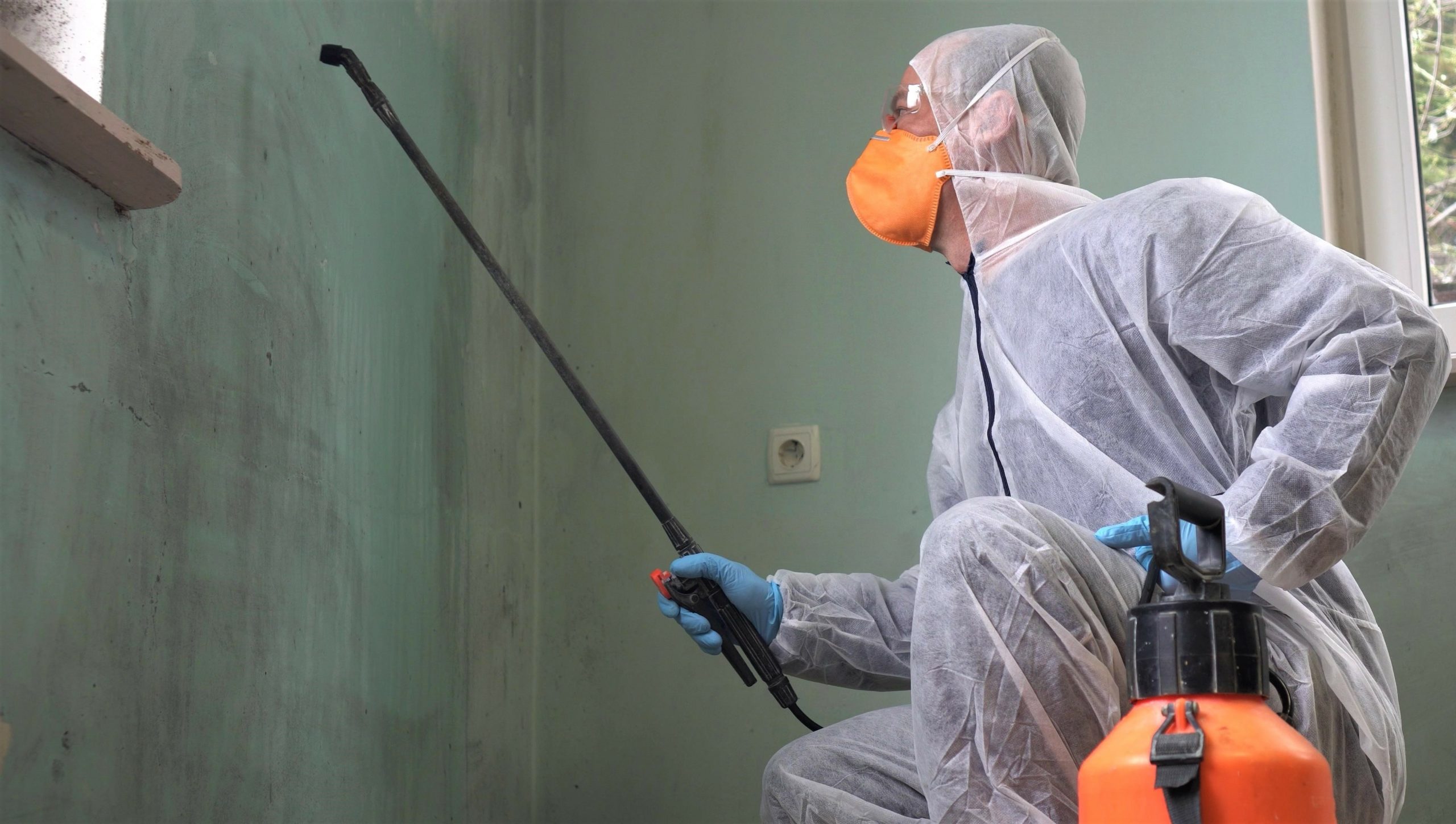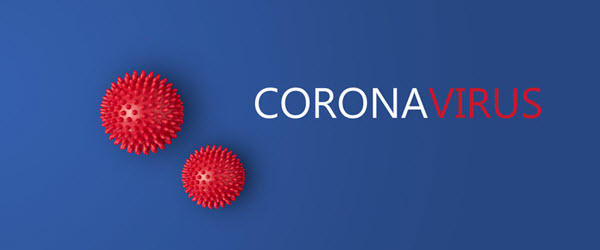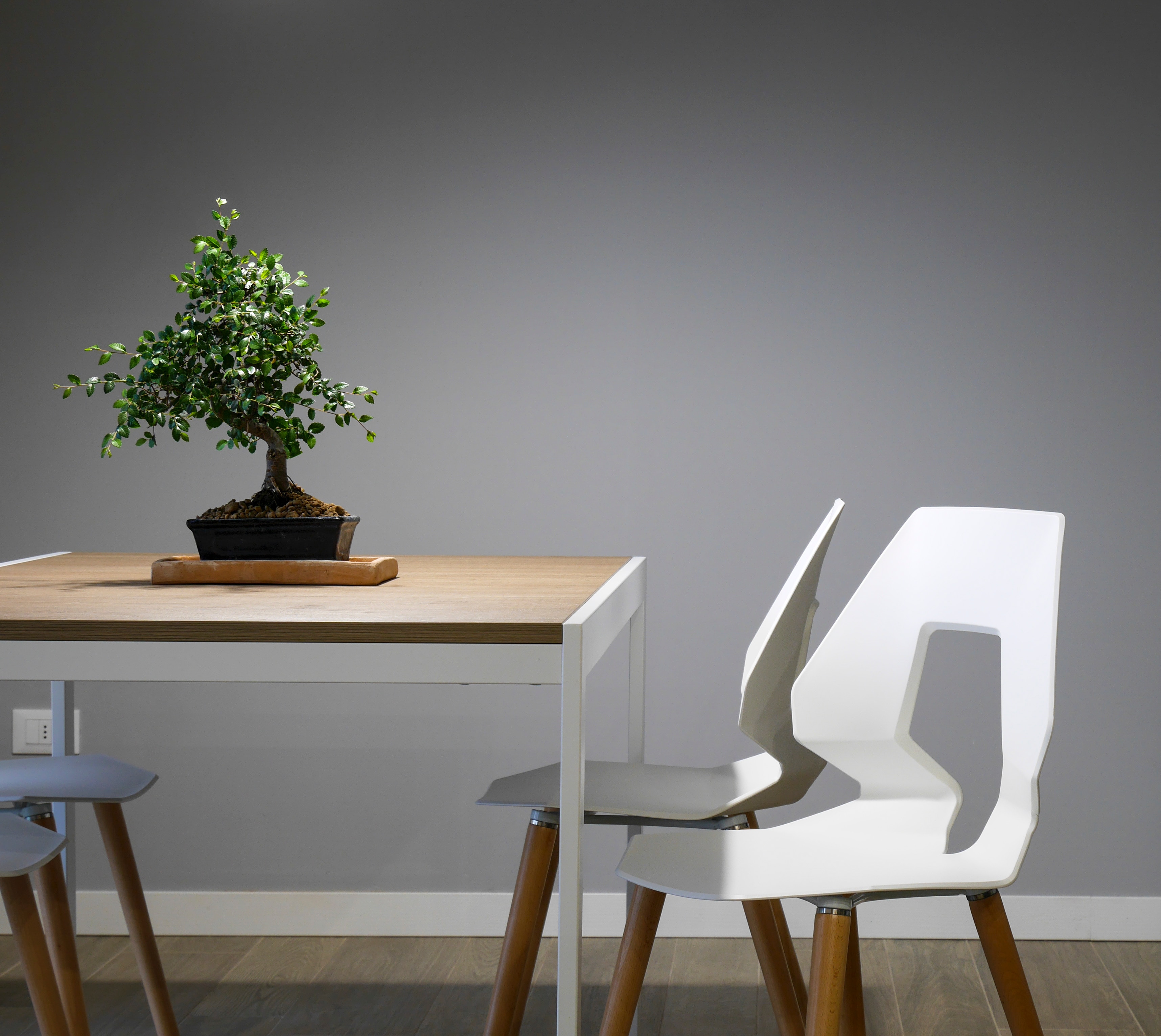Just because the dog takes a sip out of it now and then doesn’t mean you relish the thought of getting on your hands and knees to give the toilet a proper scrub.
What item in your house do you hate to clean the most? Yes, the toilet. Just because the dog takes a sip out of it now and then doesn’t mean you relish the thought of getting on your hands and knees to give the toilet a proper scrub.
Even though you may do your best to keep your toilet fresh, hard water stains can give the appearance the porcelain throne has never seen a toilet brush. Here’s a tip from an articleon HousekeepingChannel.com about how to remove hard water stains:
- Shut off the water at the toilet tank and flush.
- Spray undiluted white vinegar around the inside of the toilet.
- Sprinkle borax onto the vinegar.
- Let soak 30 minutes.
- Scrub with a piece of moistened, fine drywall sandpaper.
- Repeat as needed (particularly if it’s an old stain).
Of course, you can dump a little bleach in the toilet to clean and disinfect. You also can use traditional toilet cleaners. But if you’re trying to turn your home into a chemical-free zone, try these tips from this blog post at HomemakerBarbi.com: pour a half gallon of vinegar in your toilet once a mont h and let it sit overnight before flushing. Also, try pouring a cup of baking soda in the toilet bowl once a week.
h and let it sit overnight before flushing. Also, try pouring a cup of baking soda in the toilet bowl once a week.
 h and let it sit overnight before flushing. Also, try pouring a cup of baking soda in the toilet bowl once a week.
h and let it sit overnight before flushing. Also, try pouring a cup of baking soda in the toilet bowl once a week.And while we’re on the subject of toilets, check out this new kind of toilet that turns human waste into fuel for cooking. Yes, you read that right. The GCH4 toilet packages the human waste and seals away the odor in a biodegradable packaging for transport to the nearest biodigestor.
According to the company Web site, this waterless toilet “turns waste into a high-value commodity” (or, in this case, commode-ity. OK, couldn’t resist a little bathroom humor). The waste is turned into a material that doubles the production of methane with the end result cooking fuel.
Recognizing that 40 percent of the world’s population does not have a toilet (read: 2.6 billion people), this idea came about as a way to help solve that problem, particularly when you consider in many places having a sewer system is impossible.
You may never look at your toilet the same way again.






